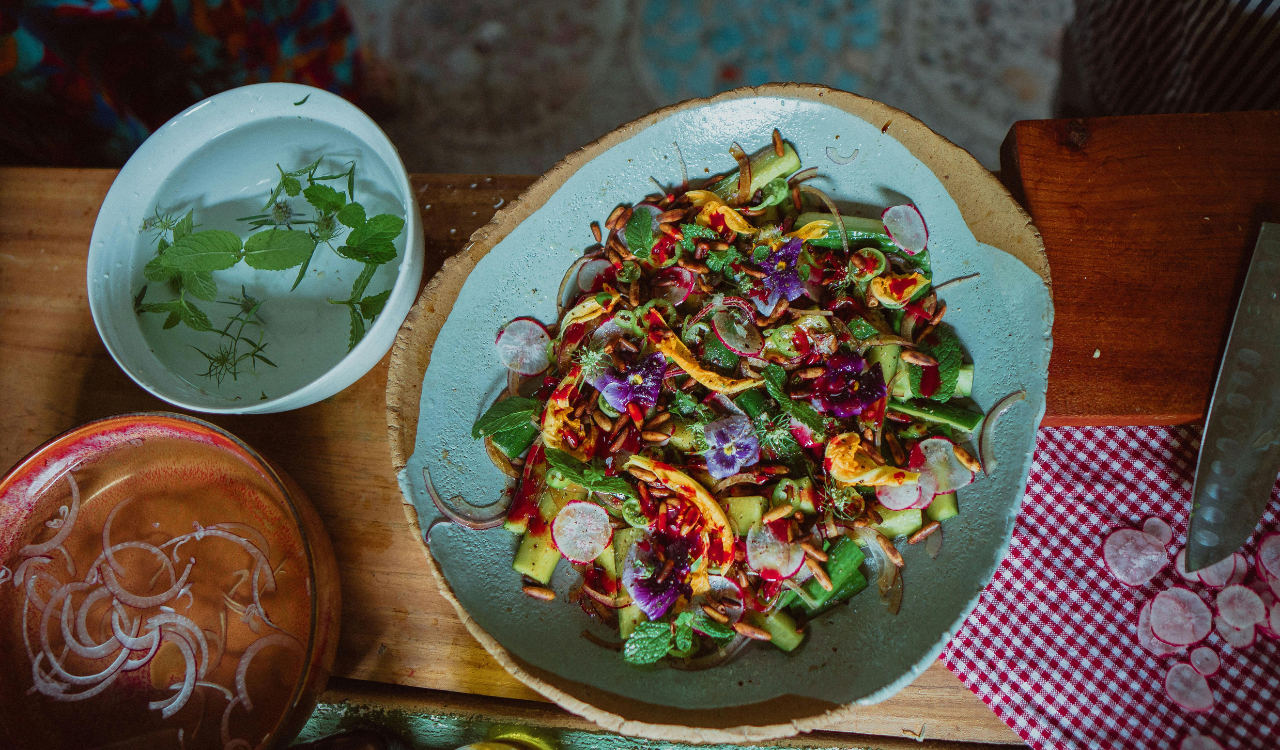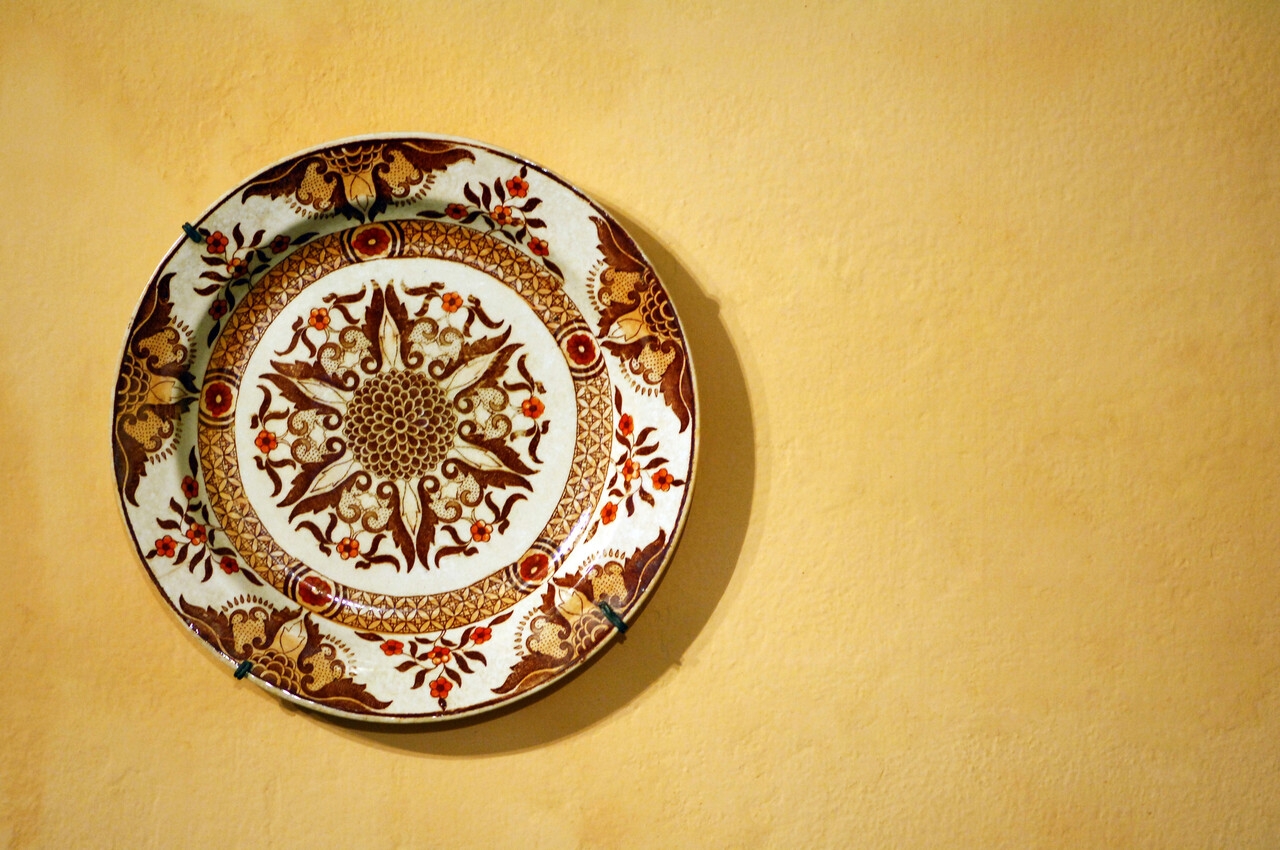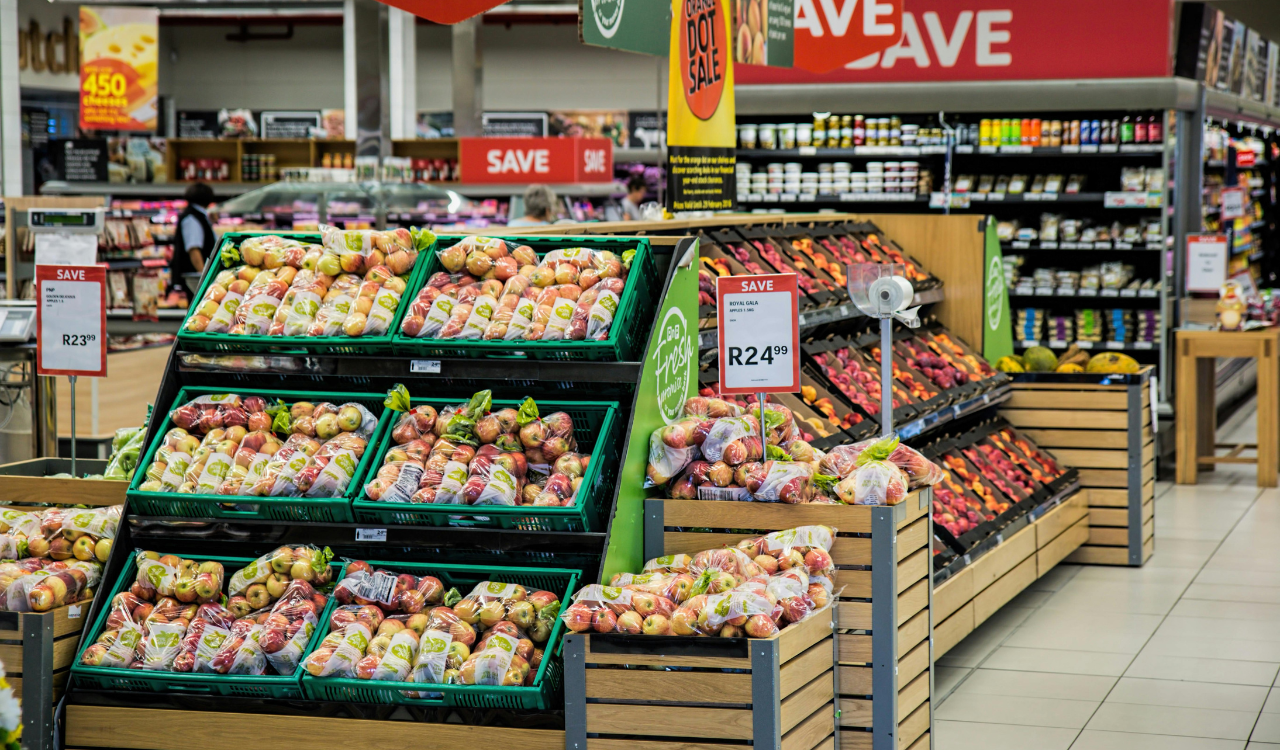14 Creative Ways to Use Leftover Pasta

Pasta leftovers may seem like a culinary chore, but don’t let them become soggy mush! Your leftover noodles can be used in inventive and delectable ways with a little imagination. This article offers 14 creative ways to turn leftover pasta into filling, tasty, and anything but boring meals. These methods are generally applicable regardless of whether you cooked spaghetti, penne, fusilli, or linguine; simply modify them according to the pasta type you use. Let’s explore fourteen ingenious ways to preserve the flavor of every bite while saving money, time, and food.
1. Pasta Frittata
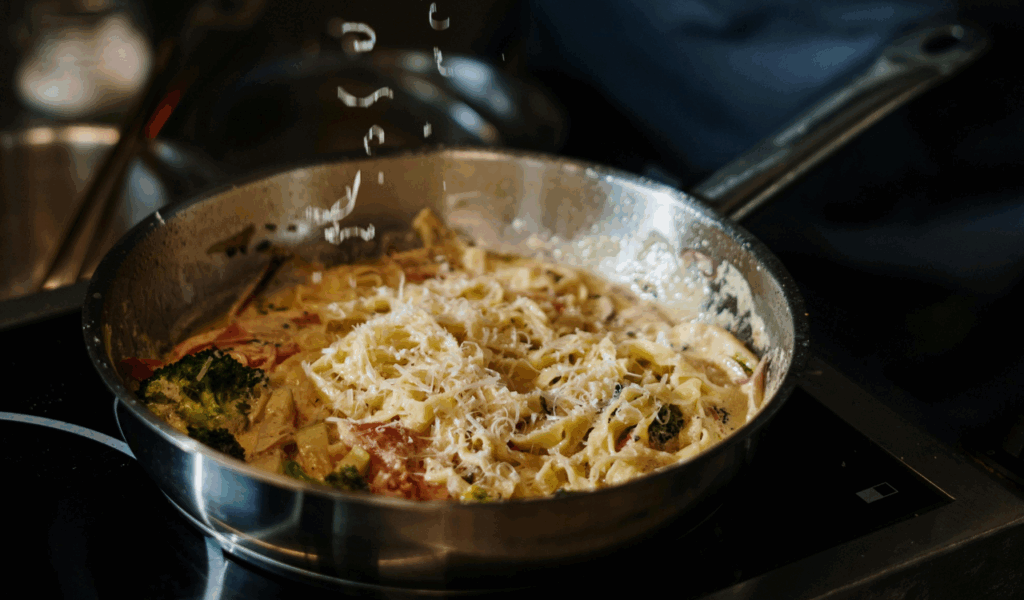
A rich, filling way to use up leftover pasta is to make a frittata. Whisk together eggs, a small amount of milk, salt, pepper, and possibly some herbs, such as parsley or basil. Add your pasta and, if desired, some cooked vegetables (onions, spinach, and peppers). Pour your mixture into a skillet with heated olive oil (or butter), cook gently until the bottom is golden, and then finish in the oven or under a broiler to set the top. The end product is crisp on the outside, custardy inside, and delicious enough for lunch, dinner, or breakfast. It also reheats nicely.
2. Pasta Salad Remix
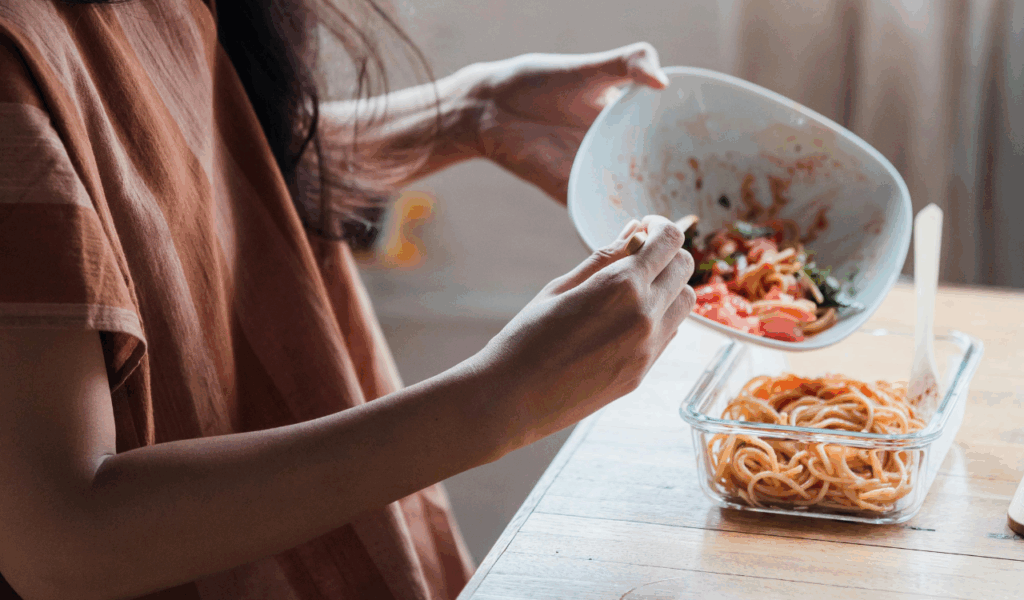
While cold pasta salads are timeless, repurposing leftover pasta to make a new pasta salad can feel like a whole new meal. Rinse pasta until cool, drain thoroughly, and then toss with fresh herbs, a protein (such as beans, shredded chicken, or tofu), crisp vegetables (such as bell pepper, cucumber, and cherry tomatoes), and a light vinaigrette (oil + vinegar or lemon juice). If desired, top with parmesan, mozzarella, or feta cheese. Nuts or seeds (sunflower seeds, pine nuts) are excellent for creating texture contrast. This is ideal for a picnic or lunch and keeps well in the refrigerator for a day or two.
3. Pasta Soup Booster
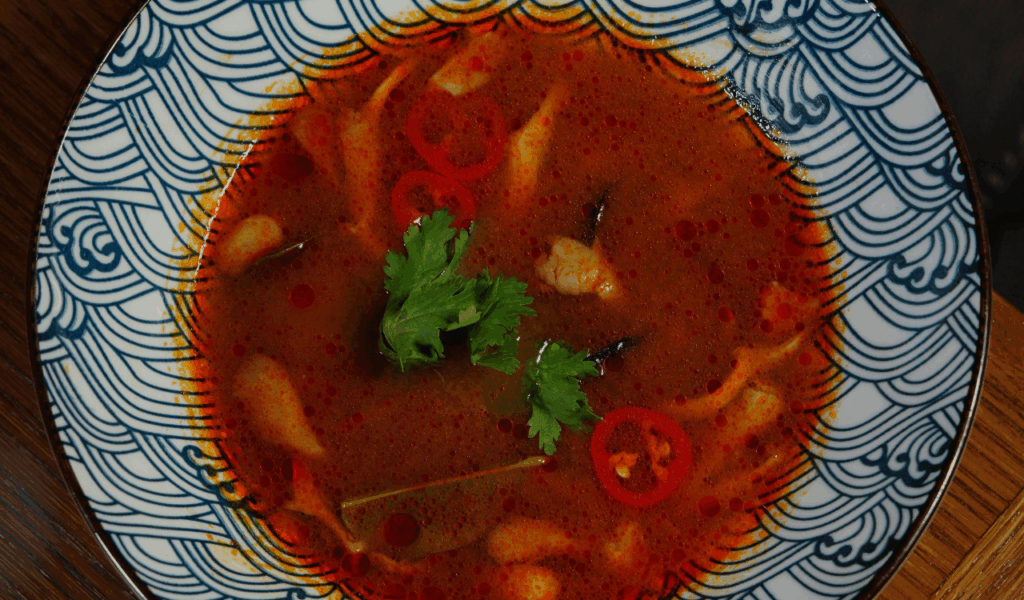
Brothy soups are a great way to use leftover pasta. Add tomatoes or leafy greens if you’d like after sautéing aromatics like onion, garlic, carrot, and celery in a pot with stock (beef, chicken, or vegetable). Stir your pasta in toward the end of the simmering broth so it warms through without getting mushy. Protein can be added with beans or shredded meat. Add herbs such as bay leaf, oregano, or thyme for seasoning. A twist: add a small splash of cream or simmer some Parmesan rind in the end. This offers comfort in a bowl and creatively repurposes pasta.
4. Pasta Stir‑Fry
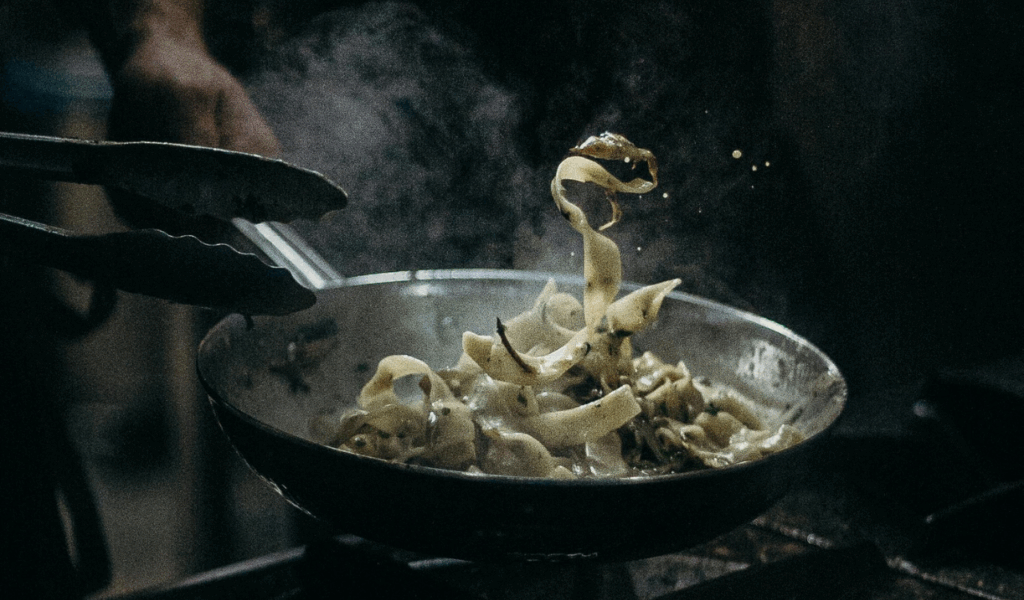
For a change of pace, try making a stir-fry with leftover pasta rather than noodles. Heat the oil to a high temperature, add the onion, bell pepper, and broccoli, and then quickly cook the vegetables. Add protein in the form of tofu, shrimp, and chicken slices. Lastly, add pasta and toss with a sauce (sweet-savory peanut sauce, sesame oil, chili, or soy sauce-based). The pasta quickly reheats and absorbs the char from the pan, creating a contrast of textures. For brightness, finish with scallions or fresh herbs.
5. Baked Pasta Casserole
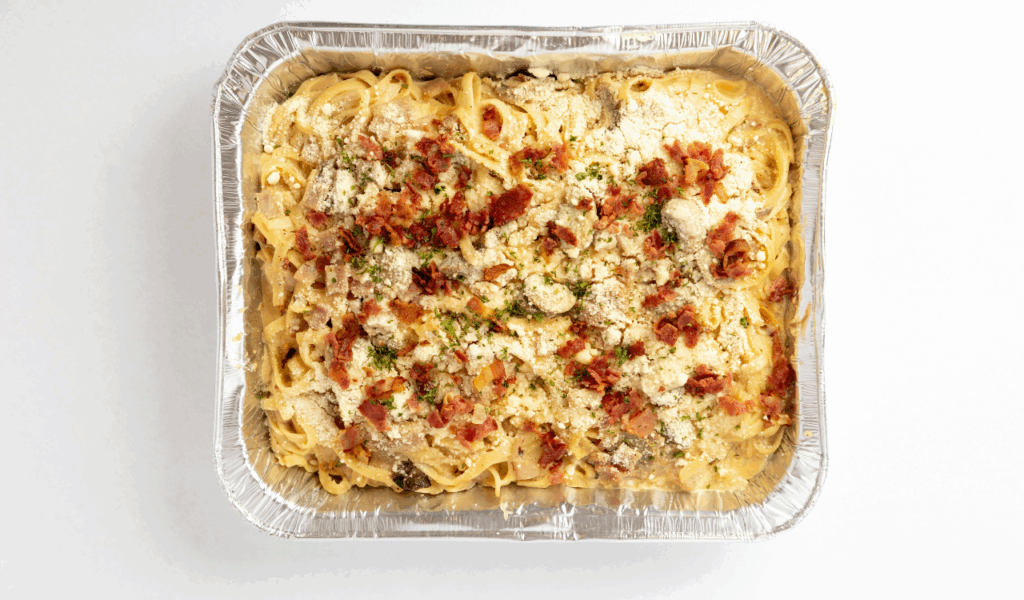
Making a baked casserole with layers of cheese and sauce is a satisfying way to use leftover pasta that doesn’t have any sauce or even if it does. Grease a baking dish, then cover pasta with meat sauce or marinara, followed by béchamel, ricotta, or mozzarella, and perhaps some cooked sausage or vegetables. Add shredded cheese on top, then bake until golden and bubbly. The inside remains soft while the edges crisp up. It can be made in advance, chilled or frozen, and baked when ready. Excellent for potlucks or feeding the family.
6. Pasta Patties / Croquettes
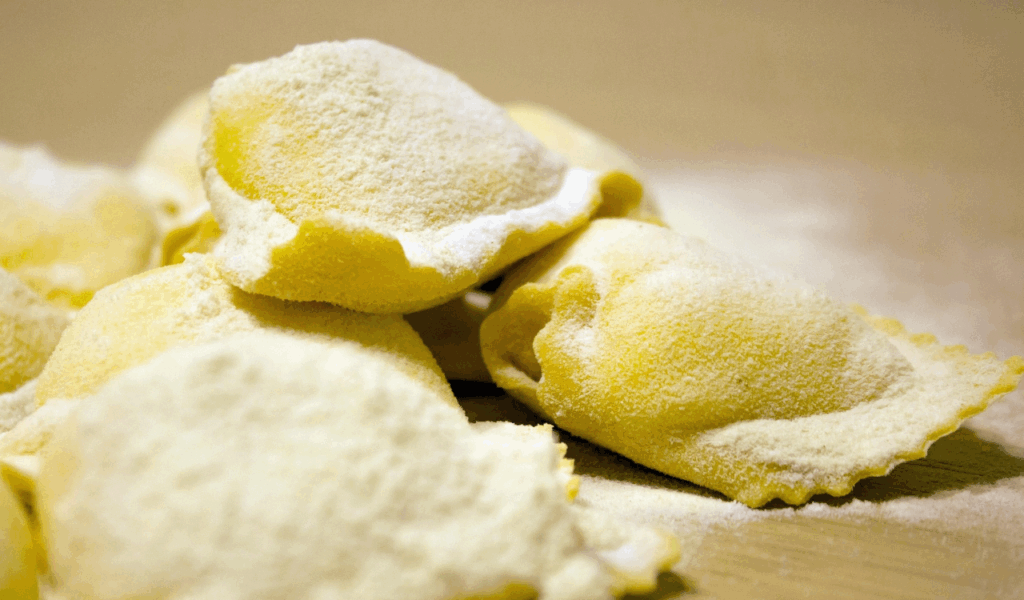
A crispy and entertaining twist are pasta patties. Combine cold leftover pasta with a binding agent, such as grated cheese, breadcrumbs, crushed crackers, or beaten egg(s). For taste, add finely chopped herbs or vegetables. Patties should be formed and then pan-fried until crisp and golden on both sides. Serve with a dipping sauce, such as yogurt-herb dressing, pesto, or marinara. These make excellent light meals or snacks and are a great way to use up smaller amounts of pasta. The amount of oil you use for frying determines how much fat and salt you use.
7. Pasta Stuffed Peppers or Tomatoes
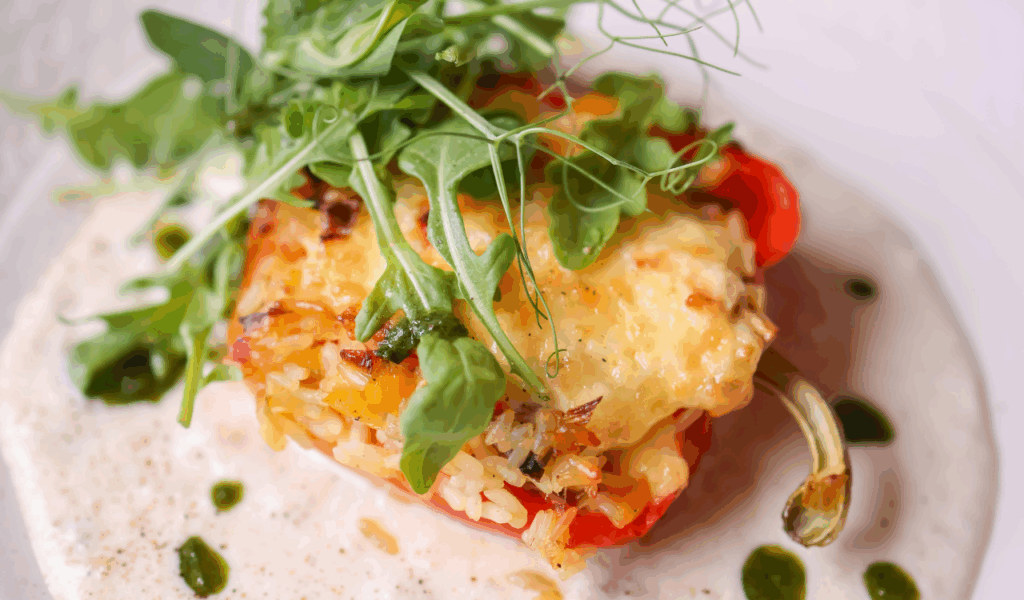
Stuff large tomatoes or bell peppers with a pasta mixture after hollowing them out. Mix leftover pasta with sauce, cheese (grated feta or mozzarella), herbs, seasoning, and possibly some cooked meat, veggies, or beans. Stuff into the vegetables, top with a little more cheese, and bake until the filling is hot and the outer vegetables are soft. A juicy contrast and flavor are added by the roasted tomato or pepper. This sophisticated presentation elevates leftover pasta to the level of a fine dining experience.
8. Sheet‑Pan Pasta Bake

Use a sheet pan to simplify dinner preparation. Evenly distribute the remaining pasta, cover with sauce or olive oil, tuck in the cherry tomatoes, mushrooms, and zucchini, and, if desired, top with sliced chicken or sausage. Top with cheese and bake until the cheese melts, the vegetables roast, and the edges are crisp. The pasta’s dispersed texture adds interest as more surface area crisps and caramelizes. Ideal for minimizing hands-on time and avoiding a lot of dishwashing.
9. Pasta Pudding / Sweet Pasta Dessert

Yes, pasta can be used in sweet ways, and they taste great! You can make a sweet pudding with mildly flavored pasta, such as small shapes or short strands, by heating milk with sugar and vanilla, stirring in leftover pasta, simmering it gently until the flavors are absorbed, and then finishing with a sprinkle of nutmeg or cinnamon. Crushed nuts or dried fruit can be added. It’s creamier than rice pudding. It tastes best warm or cold. Avoid using leftover pasta with strong savory sauces for this; it only works with plain or lightly salted pasta.
10. Pasta Pizza Base
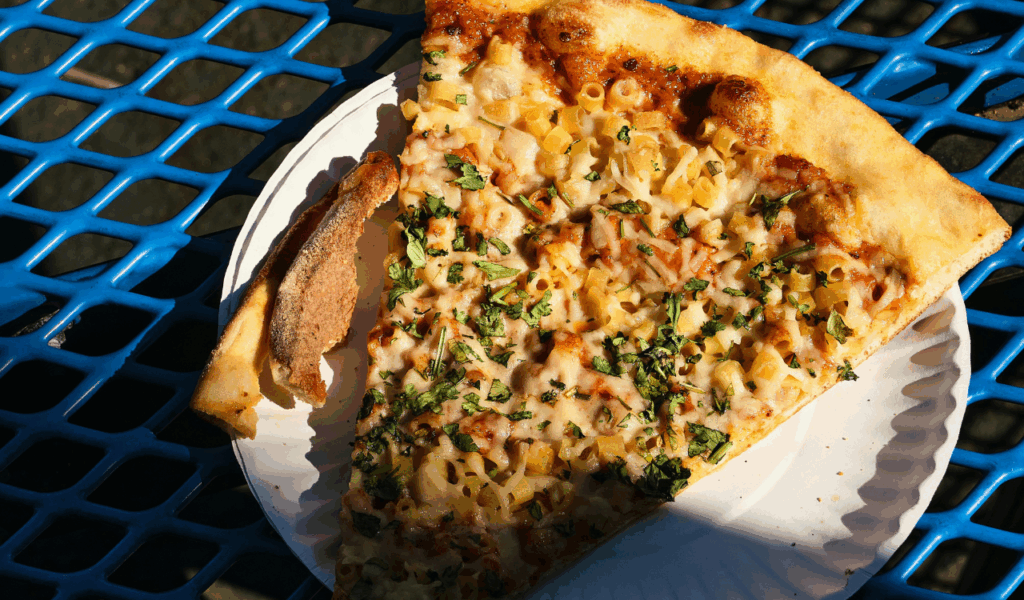
In a round cake pan or cast-iron skillet, flatten any cold leftover spaghetti or linguine, drizzle with oil, press firmly to create a crust, and bake until golden and cohesive. Next, add cheese, sauce (tomato, pesto, etc.), and garnishes like meat or vegetables. Continue baking until the toppings are cooked. A pasta crust pizza with a contrast of crisp edges and a softer interior is the end result. An inventive dinner recipe that elevates leftover pasta.
11. Pasta Fritters in Wraps or Tacos
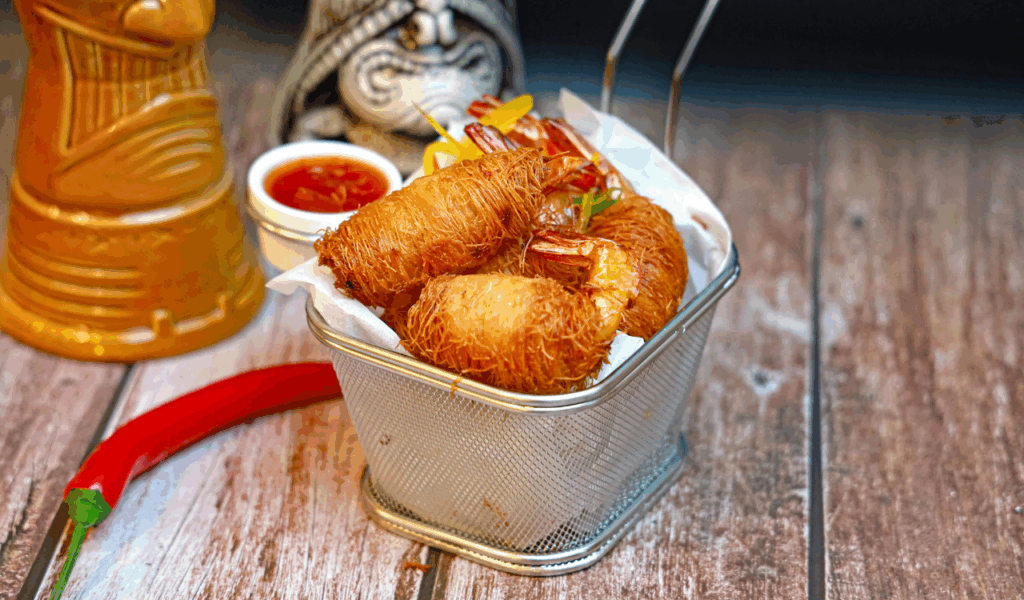
Pasta patties in the fritter style are excellent fillings. Prepare small pasta cakes or fritters (see H2 #6) and serve them with pickled vegetables, greens, and sauces (such as vinaigrette, yogurt sauce, or hot sauce) on flatbread or soft tortillas. The wrap adds crunch and freshness, while the fritters provide flavor, texture, and substance. This transforms what could have been a tasteless reheated meal into a portable treat. Excellent for informal dinners or lunches on the run.
12. Pasta with Novel Sauces
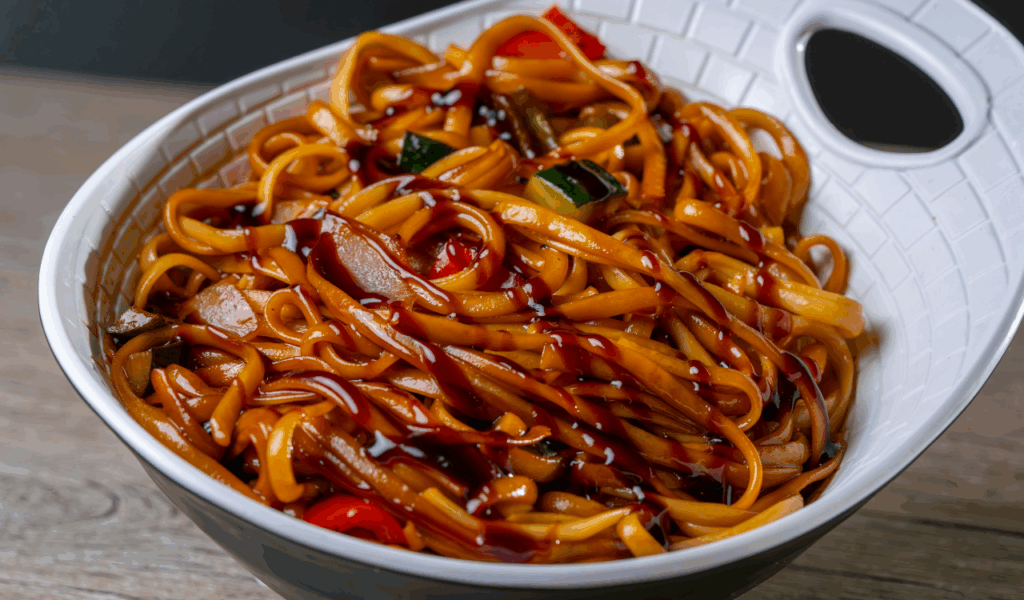
When combined with an unusual sauce, leftover pasta can occasionally shine. Try adding pesto (basil, arugula, or spinach version), lemon-garlic olive oil, browned butter with sage, or a creamy sauce like coconut curry sauce or light béchamel with cheese instead of just tomato. After warming the sauce separately, add the pasta and heat it just enough to absorb it without overcooking it. Nuts, grated citrus zest, and fresh herbs add flavor. This changes the dish’s appearance without requiring the addition of new main ingredients.
13. Pasta Stir‑in for Casseroles or Gratins
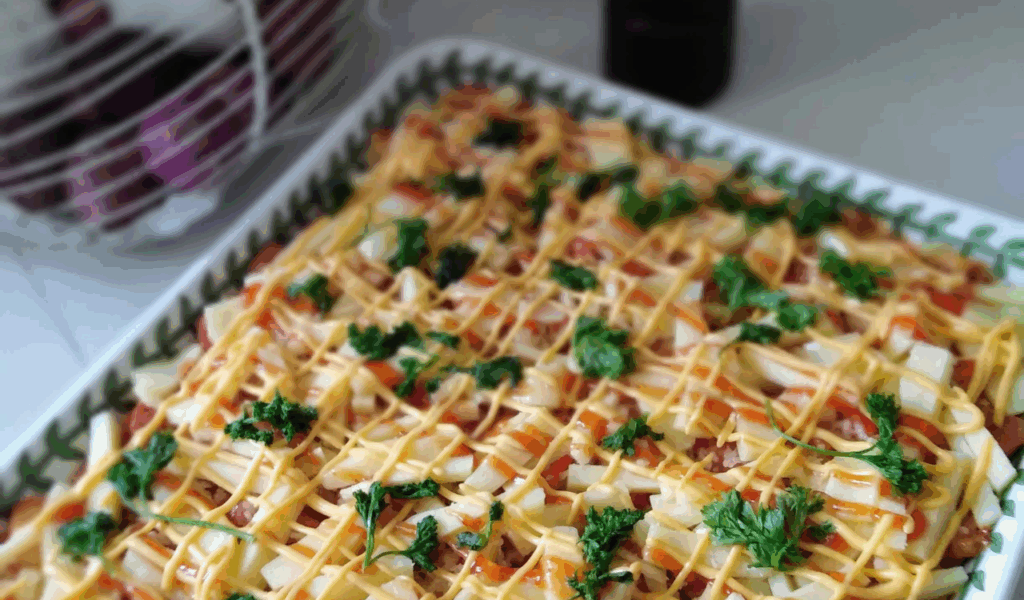
In casseroles, leftover pasta can be used in place of rice or shredded potatoes. Add pasta to gratins with a creamy base, like cheesy sauce, and vegetables, like spinach or broccoli florets, and top with cheese crust and bread crumbs. Bake until bubbling. As an alternative, mix pasta with beans, meat, vegetables, and sauce in a mixed rice or grain casserole. In addition to providing layers of flavor, it prolongs the dish, gives it body, and reduces waste.
14. Pasta with Salad Bowls and Grain Bowls
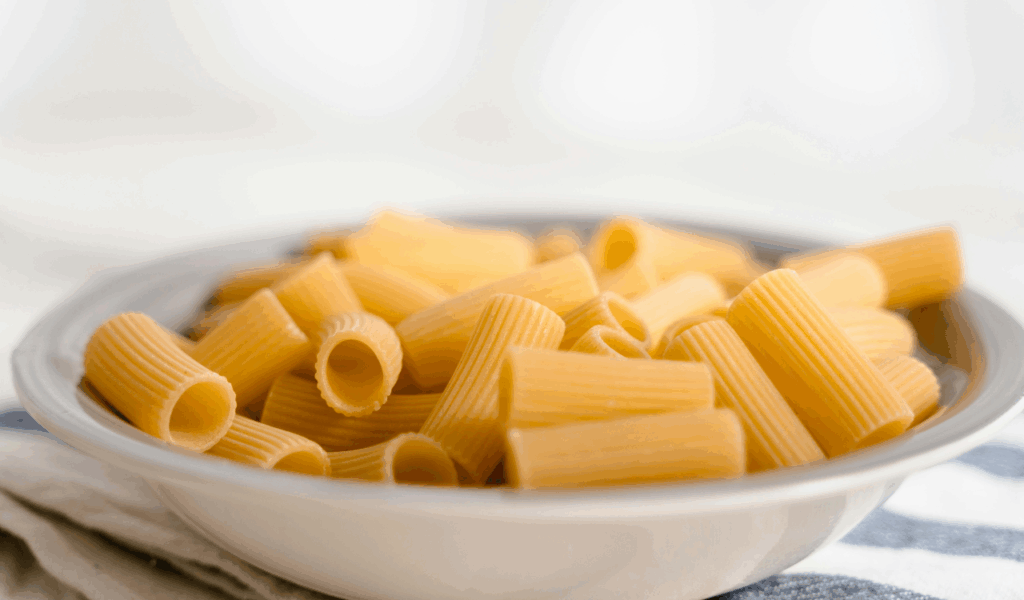
Combine leftover pasta with other grains or greens in a bowl. Make a Mediterranean bowl, for instance, with leftover pasta, fresh greens, chickpeas, feta, olives, roasted vegetables, and a dressing. Or an Asian-style bowl with sliced scallions, shredded carrot or cabbage, pasta, edamame or tofu, and sesame-soy dressing. Each bite is interesting when the textures—crunch, creaminess, and freshness—are mixed. These bowls are great for using up odds and ends in your refrigerator and are very customizable.
